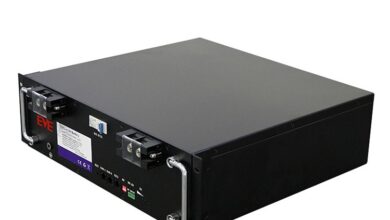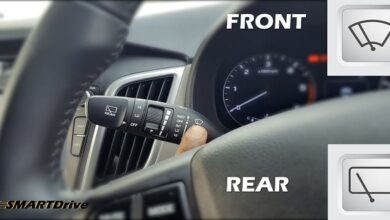Diagnosing instrumentation system faults and Advanced instrumentation technology

Introduction
As with all systems the six stages of fault-finding should be followed.
- Verify the fault.
- Collect further information.
- Evaluate the evidence.
- Carry out further tests in a logical sequence.
- Rectify the problem.
- Check all systems.
The procedure outlined in the next section is related primarily to stage 4 of the process. Some common symptoms of an instrumentation system malfunction together with suggestions for the possible fault. The faults are very generic but will serve as a good reminder.
Multiplexed displays
In order to drive even a simple seven-segment display, at least eight wiring connections are required. This would be one supply and seven earths.
Quantization
When analogue signals are converted to digital, a process called quantization takes place. This could be described as digital encoding. Digital encoding breaks down all data into elementary binary digits (bits), which enable it to be processed, stored, transmitted and decoded as required by computer technologies.
The value of an analogue signal changes smoothly between zero and a maximum. This infinitely varying quantity is converted to a series of discrete values of 0 or 1 by a process known as quantization. The range of values from zero to the maximum possible is divided into a discrete number of steps or quantization levels.
Holography
A holographic image is a three-dimensional representation of the original subject. It can be created by splitting a laser beam into object and reference beams. These beams produce an interference pattern, which can be stored on a plate or projected on to a special screen. Some research is currently ongoing towards using holography to improve night driving safety.
AI is one of the biggest tech news. We are still only in the early days of the development of AI. As the technology becomes more sophisticated, it will be applied to further develop tech-based tools, such as training machines to recognize patterns, and then act upon what it has detected. It can develop your best business times idea and you can succeed in your life goal.
Global positioning system (GPS)
From 1974 to 1979 a trial using six satellites allowed navigation in North America for just four hours per day. This trial was extended worldwide by using eleven satellites until 1982, at which time it was decided that the system would be extended to twenty-four satellites, in six orbits, with four operating in each. These orbits are not symmetrical and they can be varied. They are set at a height of about 21 000 km (13 000 miles) and take approximately twelve hours to orbit the Earth.
The main components of a ‘sat-nav’ system. Maps of towns and cities as well as names of towns, cities and roads are stored on CD-ROM in the main unit. Information on main routes and menu sound/text is also held. The unit is mounted in the boot or under the passenger seat.
Siemens cockpit display system
Some one hundred years after the invention of the speedometer, modern cockpits have advanced well beyond the primitive instrumentation of the first cars and trucks. Although round instruments with pointers and scales are still in evidence, ever larger displays, screens and dazzling illumination technologies optimize a growing driver information load.
Last word
Tests have already shown that driver concentration is maintained for longer periods with the head-up display. The eyes adapt very quickly to the information projected on the windshield; there is also less time lag between the appearance of the information and the driver’s reaction.
The slang tech refers to technical terminology or jargon used by individuals in the technology field. It includes abbreviations, acronyms, and specialized language specific to technology-related subjects.





